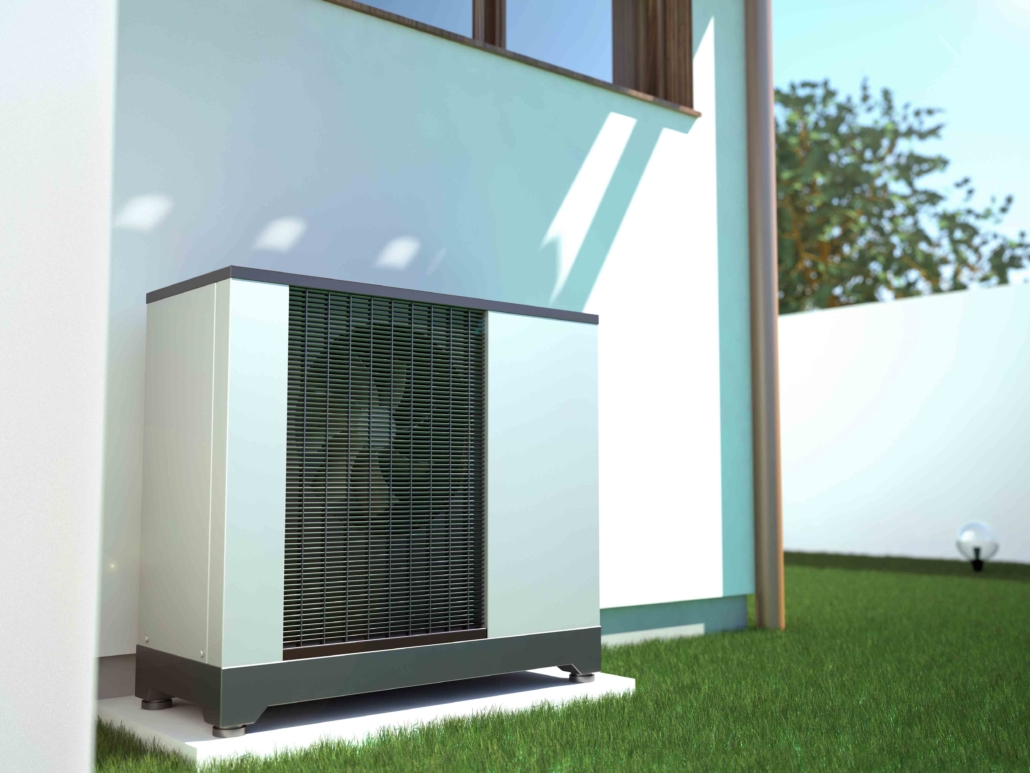Prerequisites
A heat pump can be operated in basically any house. In new buildings, water-water heat pumps or brine-water heat pumps are particularly worthwhile, since excavation work has to be done anyway. The necessary preparations for the heat pumps can be realised with little additional effort. For retrofitting, heat pumps that use air as a heat source (air-air heat pumps and air-water heat pumps) are particularly suitable. How well a heat pump pays off depends mainly on the required temperatures and the conditions of the house. Ideally, the house has underfloor heating or otherwise large convectors (radiators). This is because heat pumps do not work with very high temperatures. Whether a heat pump in a house can provide the required heating can be checked with a simple procedure: On a cold winter’s day, the conventional heating system is set to 50°C and the radiators are then switched on. This roughly simulates the situation with a heat pump. If the apartment warms up to a comfortable temperature, there is no reason not to install a heat pump immediately. If the heating output cannot be implemented, the remedy is to increase the radiator surface area, e.g. with more or larger convectors. From a financial point of view, this additional investment usually pays off after a few years. From a comfort point of view, the investment pays off immediately: more pleasant and better heat distribution and less dry air.


